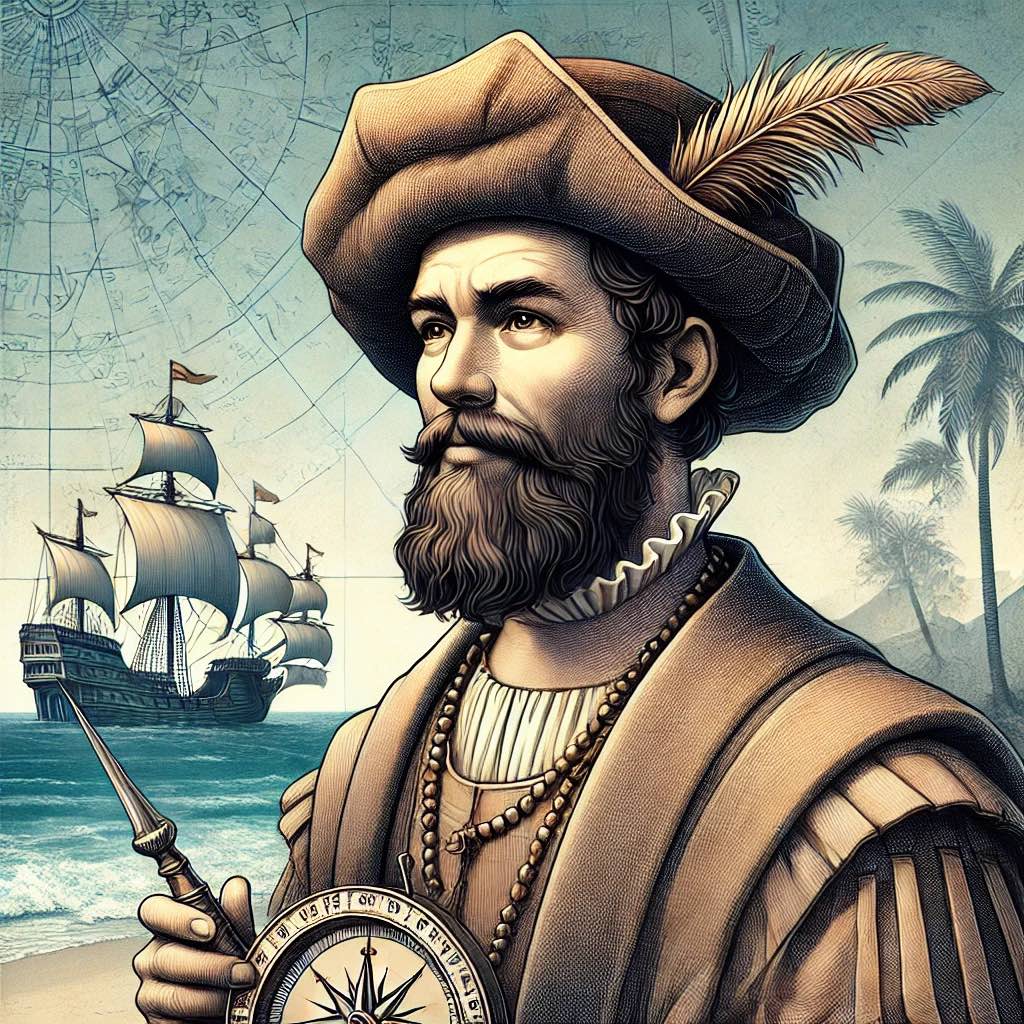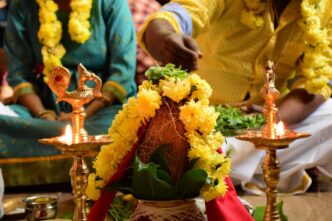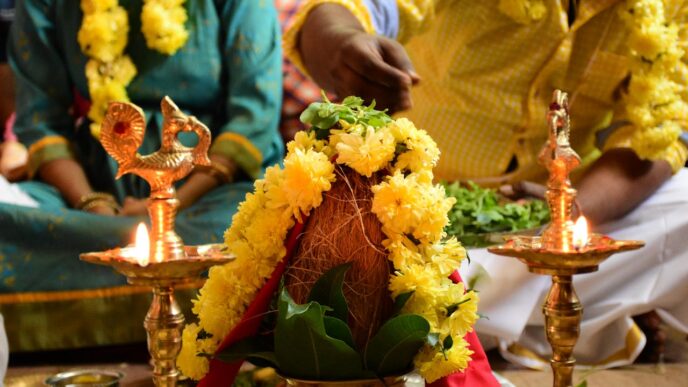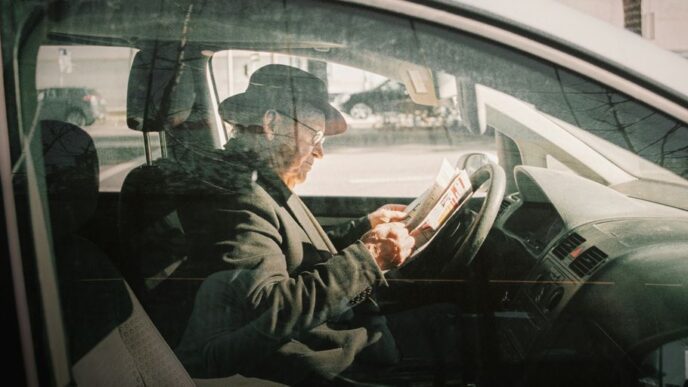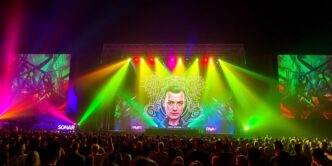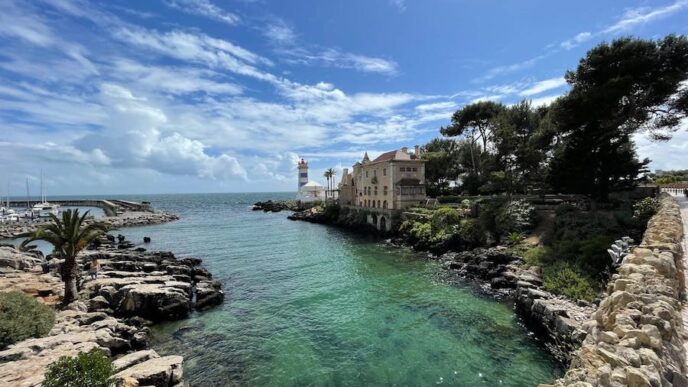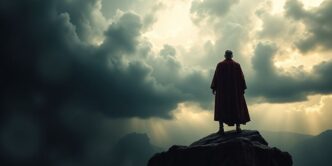Vasco da Gama is a name synonymous with exploration and the Age of Discovery, an era that forever changed the world’s geography, cultures, and economies. Born around 1460 in Sines, Portugal, Vasco da Gama was a Portuguese nobleman and navigator who became the first European to reach India by sea, linking Europe and Asia through an ocean route for the first time. His groundbreaking voyages contributed to the establishment of Portugal as a powerful trading empire, solidifying its influence in global trade during the 16th century.
Early Life and Influences
Vasco da Gama was born into a noble family, with his father Estevão da Gama holding a prominent position as the Civil Governor of Sines. Portugal’s ambition to find new routes for trade was at its peak, and explorers were being sponsored by the monarchy to expand Portuguese influence. Vasco’s career path was aligned with the ambitions of King Manuel I, who sought to find a new route to India, hoping to bypass the Arab-dominated overland routes. In 1497, Vasco da Gama was chosen by the king to lead an expedition that would transform trade and exploration.
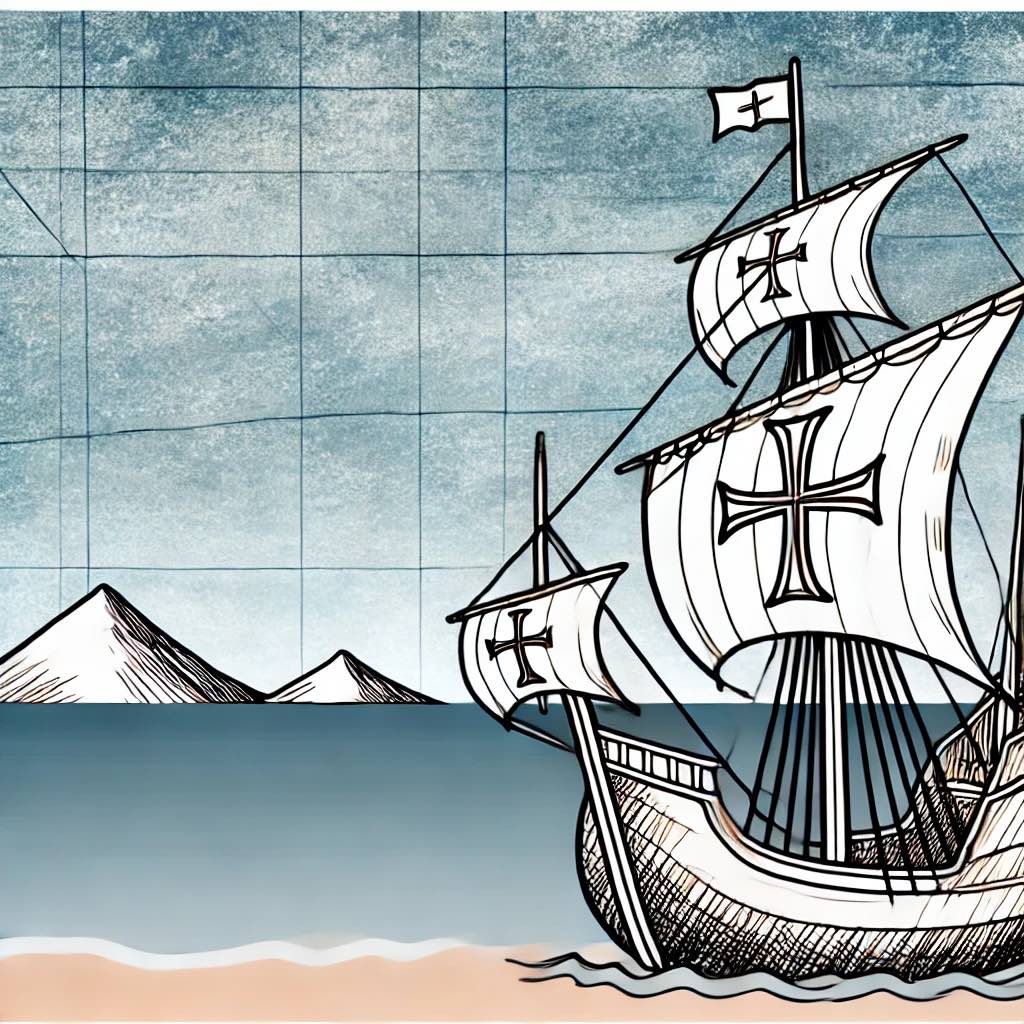
Major Achievements
- First Sea Route to India (1497-1499): Da Gama’s first voyage to India marked a historic milestone. Setting sail from Lisbon in 1497 with four ships, he rounded the Cape of Good Hope, navigated through the Indian Ocean, and reached Calicut (now Kozhikode) on the Malabar Coast. This was the first time a European explorer had reached India by sea, breaking the monopoly of Arab and Venetian traders on the spice trade.
- Trade Expansion and Alliances: On his second voyage to India in 1502, da Gama sought to solidify Portuguese influence and protect its trade interests. Through aggressive and sometimes violent tactics, he established Portuguese dominance along the Indian Ocean’s trade routes. His actions laid the groundwork for Portuguese colonial influence in the region, particularly along the coasts of India and East Africa.
- Governor of Portuguese India (1524): Recognized for his achievements, Vasco da Gama was appointed the Governor of Portuguese India by King John III in 1524. Though he held this position briefly before his death, his efforts established the infrastructure for Portuguese colonial rule in India for the next century.
Interesting Facts and Anecdotes
- Challenges of the First Voyage: Da Gama’s first voyage was fraught with challenges, including scurvy and hostile encounters. His crew suffered greatly from disease, but da Gama’s determination and navigational skills ultimately ensured their success.
- A Brutal Leader: Known for his ruthless tactics, da Gama was notorious for his treatment of rival traders. In one incident, he captured and burned a ship full of Muslim pilgrims to send a message to local rulers that Portugal was a serious power.
- Cultural Exchange: Da Gama’s voyages facilitated the exchange of goods, ideas, and cultures between Europe and Asia, introducing European products to India and bringing back valuable spices and textiles that were highly sought after in Europe.
Vasco da Gama died in Cochin, India, in 1524. His voyages transformed Portugal into one of the world’s leading colonial empires, opening up new paths of commerce and cultural exchange. His legacy remains significant as he is remembered as one of history’s most influential explorers, leaving a lasting impact on global trade and navigation.

